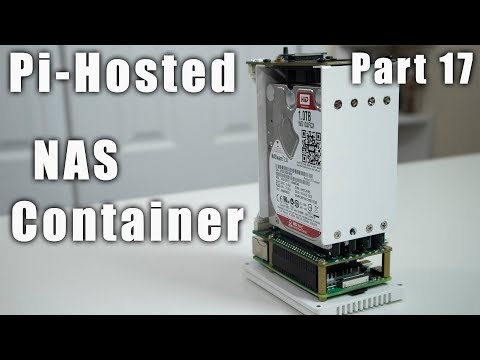@risk
As mentioend before, USB controllers are kinda crap (at least if you care about your data) and Thunderbolt enclosures are very expensive so that’s probably not an option.
@thechadxperience
One downside with any of these systems (“chinese systems”) are aftersales support both in terms of warranty repairs and BIOS/firmware updates, at least I would very much be concerned if there are no BIOS updates available.
Looking at the description running FreeBSD barebones is probably a better choice and probably is what’s being done right now. I’m quite surprised that many here seems to lack(?) the knowledge to actually setup a server with various services instead just adding VMs and Docker instances to everything which of course has its up and downsides.
The Intel DeskMeet isn’t that bad but it’s not a great deal either and given ASRocks rather odd track record on recent Intel motherboards I’d do quite a bit of research before going that route. The AMD variant also adds costs for a decent NIC and at least here it’s not much of a great deal looking at the pricing.
@thro
As I mentioned earlier, Intel NICs are much preferred over Realtek so that would add to the cost and I don’t really see why you’d go for a Zen+ based CPU which is very dated by now and less efficient (pricing is negligible), same goes for the B450 chipset when B550 is around and X570 is a downright bad choice in that regard.
@EleaOwl
Your biggest obstacle would be ECC memory support which right now is hard to achieve for cheap / homeserver budget. I would highly recommend that you have that as a hard requirement even if it means that you’ll need to stick with your current setup for a while longer. A decent W680 motherboard would offer you many options (as long as it uses DDR4) and while very new most likely run fine on 13.1-RELEASE/13-STABLE but availability is very sparse.
